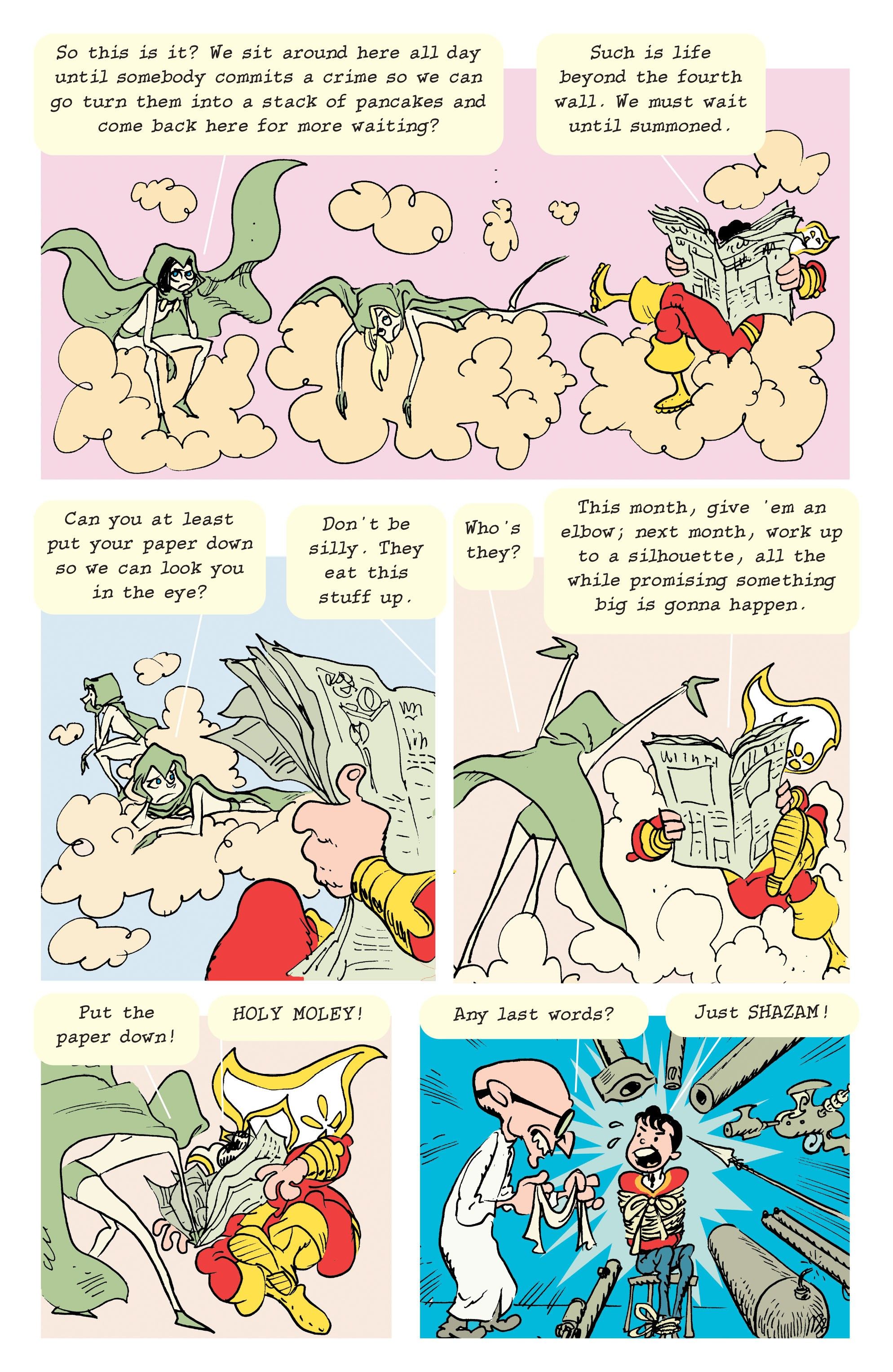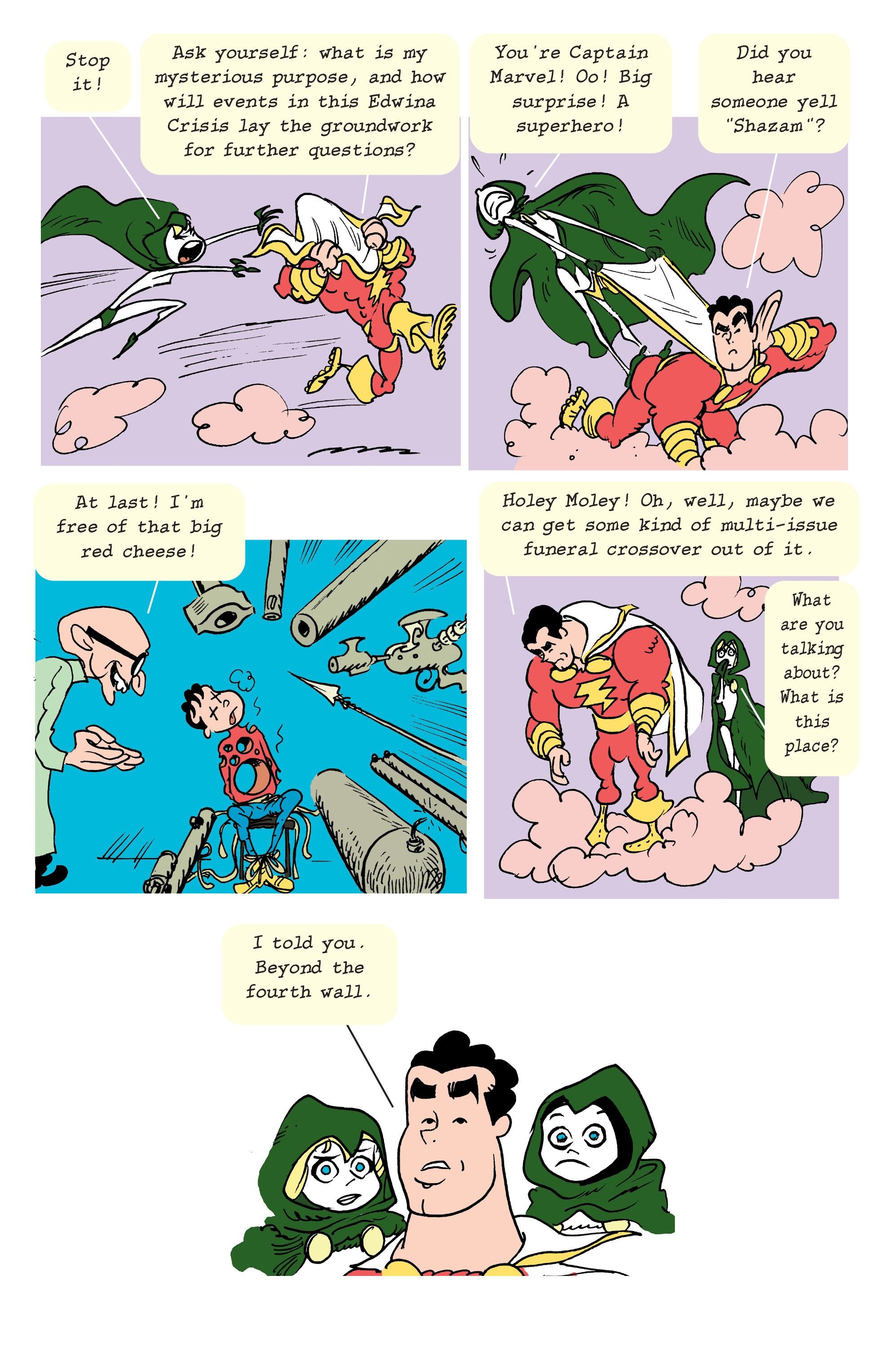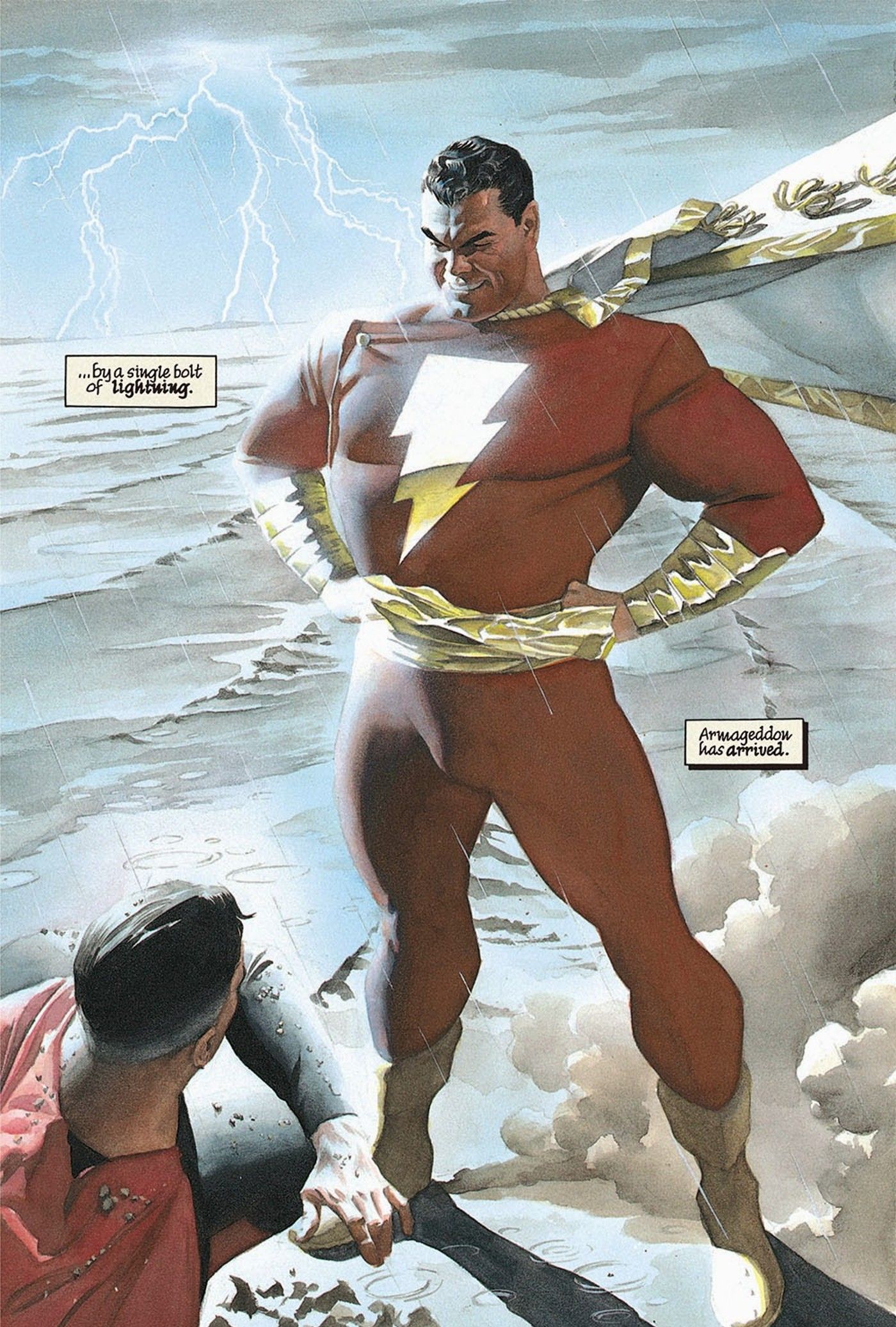
Shazam Darkest Fate Is Too Bleak for DC’s Mainstream Continuity
Summary
- Shazam’s dual nature has evolved over time, with creators interpreting it in different ways to suit the era and publisher.
- Key turning points in Shazam’s portrayal include the revelation that he simply “grows up” when he transforms, and significant changes post-
Crisis on Infinite Earths. - In a particularly grim exploration of Shazam’s duality,
Plastic Man
#19 by Kyle Baker, features Shazam’s failure to save Billy Batson, leading to a gruesome demise.
Shazam’s most gruesome fate exposes the dark side of his dual nature. When Billy Batson says the magic word “Shazam,” he is transformed into a great hero, possessing the Wisdom of Solomon and the Stamina of Atlas, among other amazing powers. Over the years, fans have debated if Billy and Shazam are two different people, and 2005’s Plastic Man #19 offers a dark take on the character’s dual nature.
In the story “The Edwina Crisis Part Two: The Death of Billy Batson,” written and drawn by Kyle Baker, Shazam and Billy are treated as two separate individuals. Shazam resides in a mysterious realm “beyond the fourth wall,” where he waits to be summoned by Billy.
As the story unfolds, Billy is captured and tied up by Doctor Sivana, but when he tries to summon Shazam, nothing happens.
Readers learn that Shazam, in his dimension, was distracted and missed Billy’s cry. The action then cuts back to a dead Billy Batson.
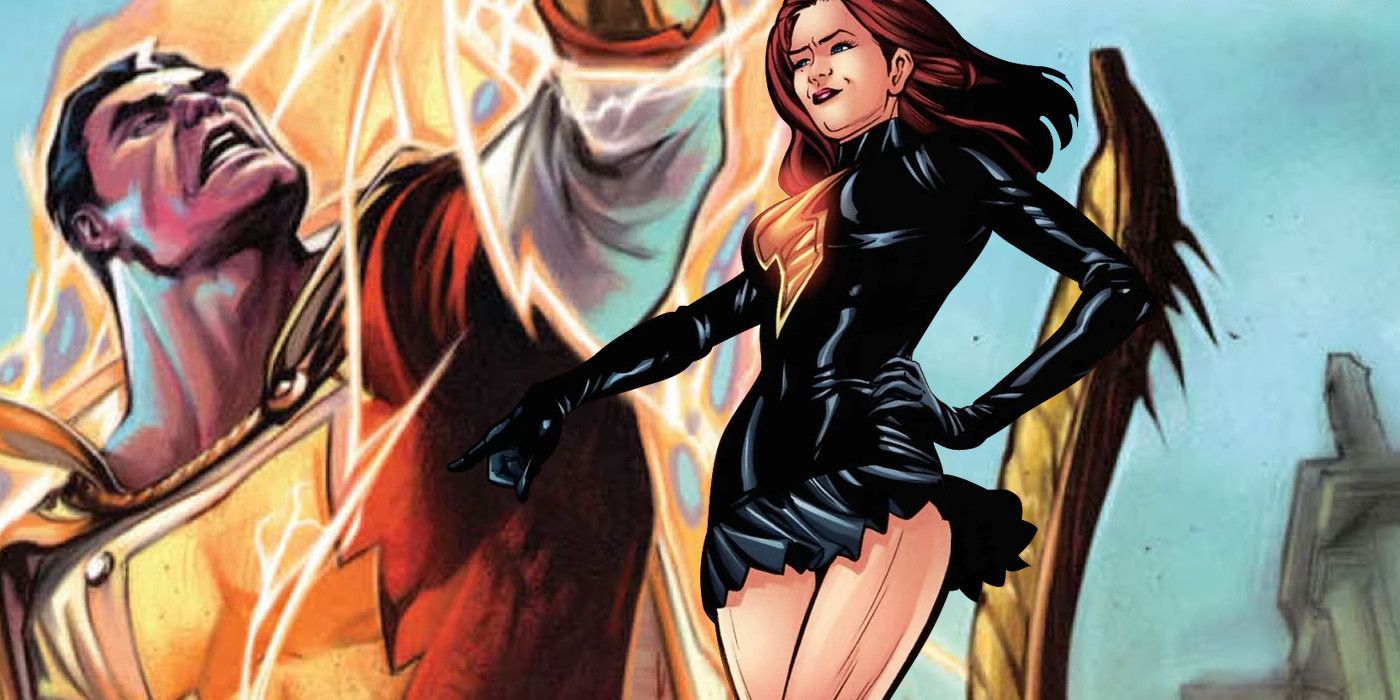
DC’s Surprising New Shazam Can Finally Redeem His Controversial Storyline
There might be a new champion of Shazam on the horizon, and they could fix one of the character’s most controversial storylines.
Shazam’s Dual Nature Has Changed A Great Deal Over the Years
Shazam’s Nature Changes With the Times
Fortunately for Shazam, this grim story takes place outside of regular DC continuity, and is a fascinating look at how the character’s dual nature is perceived. Shazam, or “Captain Marvel” as he was known then, first appeared in 1940’s Whiz Comics #2. Young orphan Billy Batson sought shelter in a subway tunnel, only to find himself face to face with an ancient wizard who bequeathed great powers upon Billy: all he had to do was say the word “Shazam.” Whereas Billy was a child, Shazam was an adult, or at least had the appearance of one.
Shazam’s dual nature, of a boy transforming into a super-powered man, was the ultimate wish fulfillment for many children, and was no doubt instrumental in the character’s popularity and longevity. However, it also created a debate among fans over whether Billy and Shazam are the same, or two different people. The various creators who worked on the character over the years have interpreted this duality in two different ways: that Billy and Shazam are two separate people or that Shazam is simply a grown-up version of Billy. Which version it is will depend on the era and the publisher.
In his column “When We First Met” in Comic Book Resources, noted comics’ historian Brian Cronin addressed the issue of Shazam’s duality, tracing it through the character’s history. Cronin points out that when Shazam debuted in Whiz Comics #2, by Bill Parker and CC Beck, the issue was not outright addressed, but shortly after Billy’s first transformation, he addressed the Wizard as “sire,” an odd choice of words for an orphan from the street. Later, Billy says “Captain Marvel and me,” also implying they are two separate beings.
This interpretation held true throughout the character’s Golden Age run, and as the mythos surrounding Shazam continued to develop, creators even began to play around with it, showing the joys and pitfalls of such an arrangement. Cronin points to an iconic Shazam cover, 1941’s Whiz Comics #22, as an example. It shows Billy and Shazam standing side by side, with Shazam’s arm around Billy–a clear indication this is an equitable partnership. So clearly is the joy of Shazam’s dual nature communicated in this cover that a number of artists have done homages to it over the years.
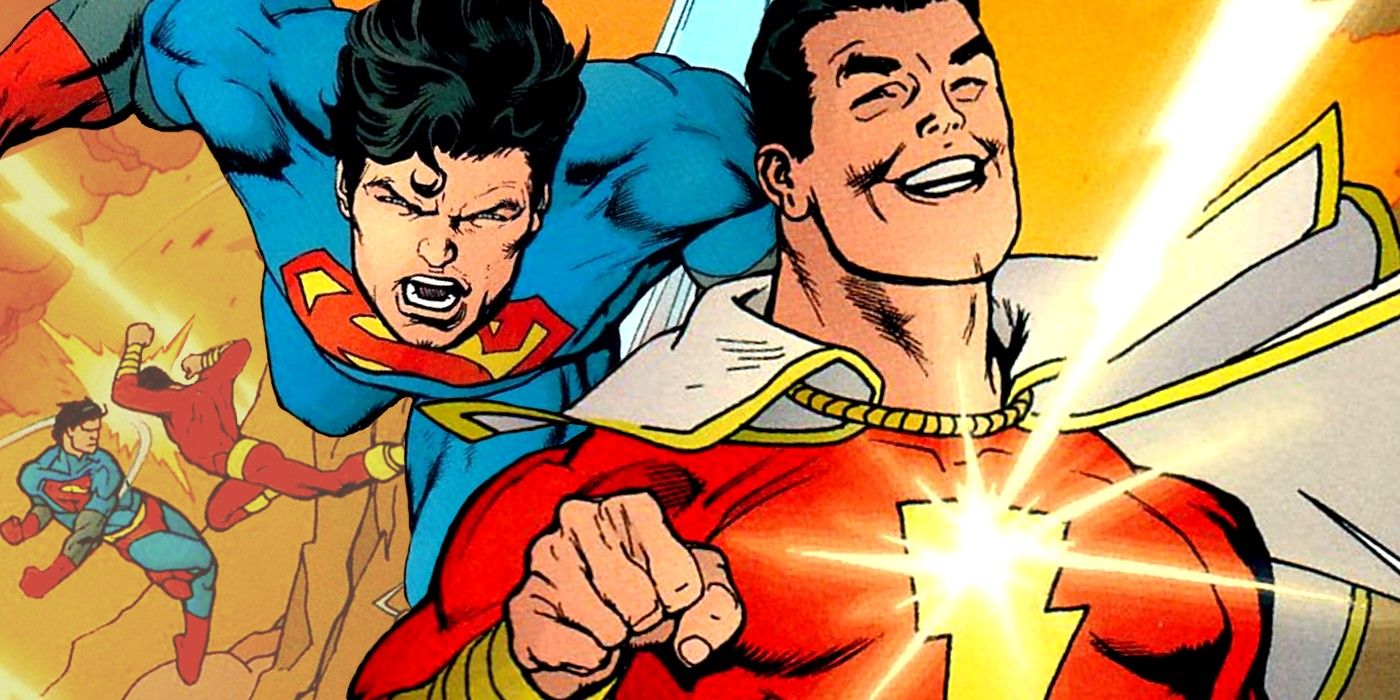
“My Only True Rival”: Superman vs Shazam Is Still the Darkest Hero Fight in DC History
Superman and Shazam’s most bitter fight revealed their long-standing grudge, killed a major hero, and permanently damaged the planet Earth.
In stark contrast, three years later, in Whiz Comics #53, this relationship was in danger of falling apart. The cover shows the two of them arguing and the story, “Captain Marvel in Love,” reflects this. As the title indicates, Shazam/Captain Marvel becomes smitten with a young woman and begins seeing her at night, which cuts into Billy’s sleeping schedule. Angry and frustrated, Billy decides to get back at Captain Marvel by simply not transforming. Obviously, Billy and Shazam patch their differences up, but it was one of the first explorations of the relationship between the two.
This arrangement held for the rest of the character’s Golden Age tenure. The character’s success drew the ire of DC Comics, who engaged in a decades-long lawsuit against Fawcett, Shazam’s original publisher. This lawsuit, which dragged on for years, drained Fawcett’s resources. This reversal in fortunes coincided with a downturn in interest in superhero comics, resulting in Fawcett ceasing publication in 1953. Shazam and his allies would go into limbo, and would not grace pages for almost another 20 years. Ironically, DC licensed the character and began publishing new Shazam adventures.
DC Acquired Shazam in the 1970s But Kept Him Largely the Same–At First
Shazam Began to Change in the 1980s
When Shazam made his DC debut in 1973’s Shazam #1, some of the company’s top talent, such as Denny O’Neil, chronicled the character’s adventures–and kept Billy and Shazam as two distinct people. Shazam and his related characters were assigned to Earth-S in DC’s multiverse, and he began interacting with the publisher’s other characters, such as his once rival Superman. In the wake of 1986’s Crisis on Infinite Earths, which streamlined the multiverse into one, Shazam became a part of DC’s regular continuity. Finally, DC would acquire Shazam and his allies outright.
Cronin points to 1986’s Secret Origins #3 as a turning point in how the creators approached Shazam’s dual nature. The story, written by Roy Thomas and drawn by Jerry Bingham and Steve Mitchell, upended 46 years of lore. It is revealed that when Billy said the magic word, he did not summon Shazam from another realm. Instead, he simply “grew up” when he transformed, meaning Shazam was essentially a young teenager in an adult’s body. This new way of approaching Shazam’s duality has informed nearly every interpretation of the character since, even the live action version from the 2019 film.
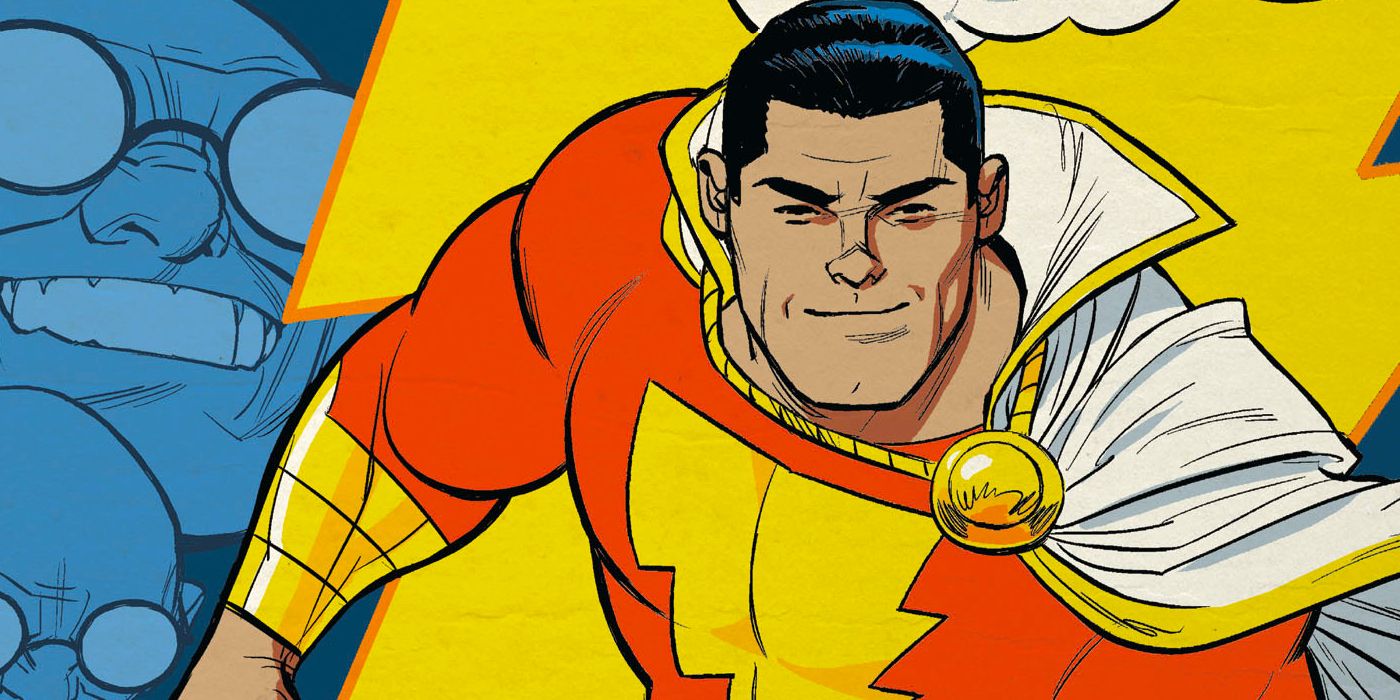
“All-Star Captain Marvel:” Grant Morrison Names 1 Essential Shazam Story You Need to Read
Grant Morrison cites a particular Shazam story as one of their absolute best, favorably comparing the work to their own All-Star Superman.
Roy Thomas making Billy and Shazam one and the same eliminated the rivalry between the two, but that has not stopped other creators from driving a wedge between them. The most notable example was in 1996’s Kingdom Come by Mark Waid and Alex Ross. In the future depicted in that miniseries, Billy, thanks to mental conditioning from Lex Luthor, grows to hate all heroes, including the one within himself. He resisted transforming for years, and finally did so only in the face of total annihilation. This take was unique for its time, but was rooted firmly in the character’s history.
Billy Batson’s Gruesome Death Is Shazam’s Worst Failure
And It Is the Darkest Exploration of The Relationship Between Billy and Shazam
Kyle Baker’s approach in Plastic Man #19 is still the harshest approach to Shazam’s duality, even in light of the character’s treatment in Kingdom Come. In Baker’s story, Shazam and Billy are not rivals. Shazam is not vying for the attention of women, nor is Billy deliberately not transforming. Yet, in a moment of weakness, Shazam let Billy die a horrible death. While Baker may have exaggerated Shazam’s personality for this story, the fact remains he failed in his duties as a hero. The story is played for laughs, but Baker crafted the darkest take on Shazam’s duality to date.
Source: Comic Book Resources

